خط أنابيب خنزير الرغوة
اسم | خط أنابيب خنزير الرغوة | ||||
مادة | مادة البولي يوريثين | ||||
كثافة الضوء | 0.02-0.3 جم / م 3 | ||||
كثافة متوسطة | 0.08-0.12 جم / م 3 | ||||
كثافة ثقيلة | 0.13-0.16 جم / م 3 | ||||
ميزة | أولا ، مقاومة التآكل العالية | ||||
ثانيا ، أداء تنظيف جيد | |||||
أخيرا ، تكلفة منخفضة | |||||
قسط | ترينيداد وتوباغو/LC | ||||
ميزة | 1. فهي خفيفة الوزن ومرنة. | ||||
2. كفاءة تنظيف لطيفة. | |||||
3. تتبع الموقع بدقة. | |||||
أولا - مقدمة
Foam Pigging Pipeline is a pivotal practice in pipeline maintenance, serving as a key technique for ensuring both the integrity and operational efficiency of pipeline systems. This method involves the use of foam pigs, specialized tools designed to clean and inspect pipelines effectively. Foam pigs are cylindrical devices that travel through pipelines, facilitating various maintenance tasks such as cleaning, drying, and inspecting the interior surfaces.
The design of foam pigs includes a conical front that helps navigate through the pipeline, while their bodies are often wrapped or coated with various materials that aid in cleaning and scraping debris. Primarily, these devices are propelled by the pressure of the fluid within the pipeline, allowing them to move smoothly and adapt to the pipeline’s internal contours. This adaptability makes foam pigs an essential tool in the regular maintenance schedule of pipelines, helping prevent potential blockages and corrosion, which can lead to significant operational issues.
II. Types and Materials of Foam Pigging Pipeline
A. Sponge Foam Pigs
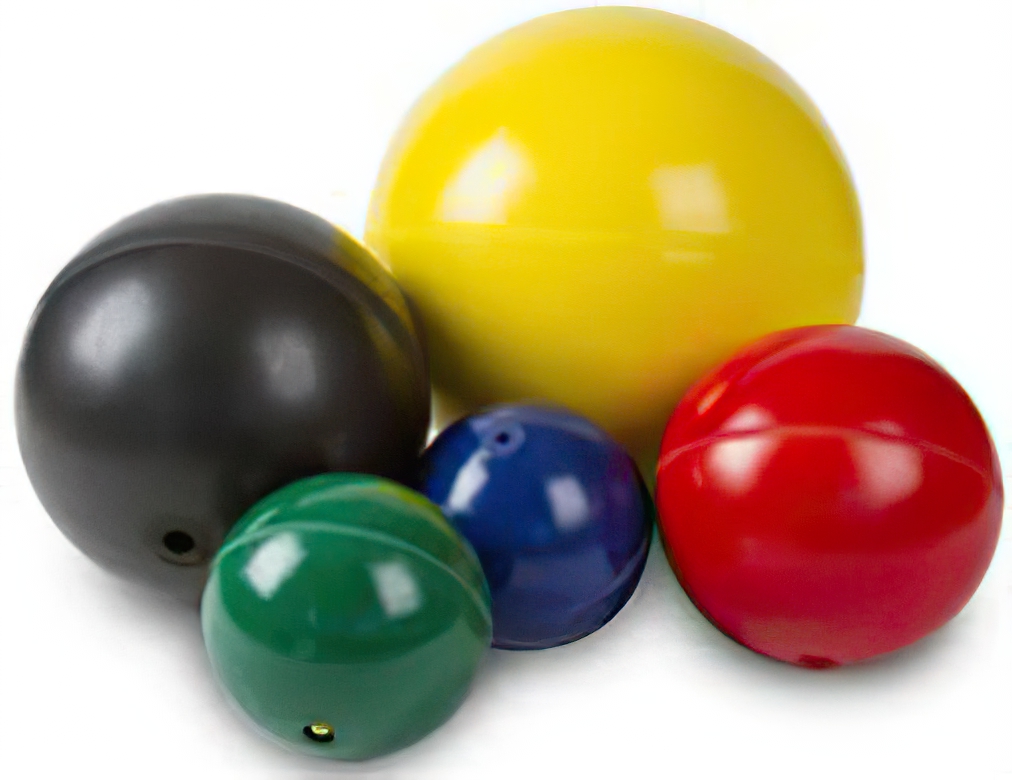
Sponge foam pigs are crafted from sponge-like materials, which offer several significant benefits. Firstly, they are cost-effective, making them an attractive option for routine maintenance tasks where high-cost solutions are unnecessary. The manufacturing process for sponge foam pigs is relatively straightforward, which further helps in reducing the overall cost. Additionally, their excellent water absorption capability makes them particularly effective in removing fluids from the pipeline, thus aiding in drying operations.
However, sponge foam pigs have some limitations. Their less durable nature means they are prone to breaking apart or wearing out more quickly, especially when used in more abrasive conditions. Consequently, they are typically suitable for shorter operational distances where the risk of damage is minimized, and frequent replacements are more manageable.
B. Polyurethane Foam Pigs
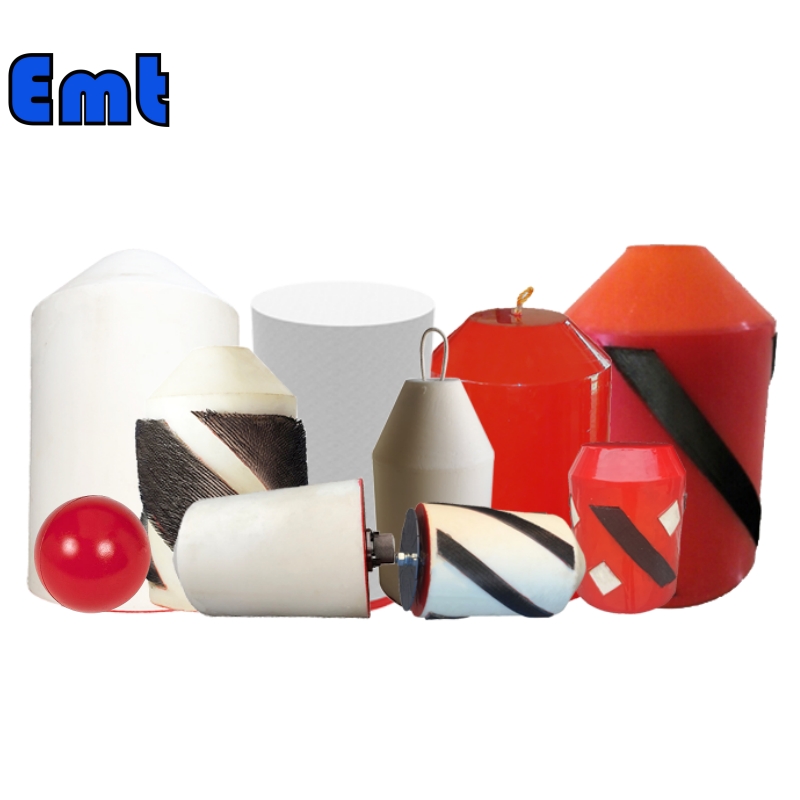
On the other hand, polyurethane foam pigs are manufactured from polyurethane, a material known for its durability and resilience. These pigs offer precise dimensions thanks to the controlled molding processes used in their production. This precision allows for enhanced wear resistance, making polyurethane foam pigs suitable for longer distances and tougher cleaning tasks within pipelines. Their robust nature enables them to withstand various pipeline environments without significant wear, thus extending their usable life and reducing the frequency of pig replacements.
Despite these advantages, polyurethane foam pigs come with higher production costs. The need for specific molds and the higher price of raw materials contribute to these increased costs. Additionally, the production process is more complex compared to sponge foam pigs, requiring more sophisticated equipment and technology. These factors make polyurethane foam pigs more expensive, although their extended operational life and effectiveness can offset the initial investment over time.
In summary, the choice between sponge and polyurethane foam pigs largely depends on the specific requirements of the pipeline maintenance task at hand, including the budget, the expected operational distance, and the nature of the debris or residue being removed.
III. Application Scenarios and Customization
Foam pigging is versatile, applicable in various scenarios ranging from routine maintenance of transmission pipelines to operations in more challenging environments like submarine transmission lines or high-pressure water injection systems. The flexibility of foam pigs allows them to navigate through tight bends and small-radius elbows, making them suitable for a wide range of pipeline configurations.
Customizations are available for foam pigs to enhance their functionality. These can include wire brushes for more intensive cleaning, full coatings for extra protection, caliper plates for inspection purposes, and detection equipment to monitor their progress and effectiveness.
IV. Advantages of Enhanced Foam Pigging Pipeline
The Cleaning Pipeline Foam Pig with Brush, a specialized version of the standard foam pig, incorporates medium or high-density polyurethane with an external layer of spiral steel brushes. This design enhances its cleaning capabilities significantly:
- سهولة التشغيل: Unlike mechanical pigs that require complex launching and receiving equipment, foam pigs with brushes are easy to deploy and retrieve, adaptable to various pipeline conditions without the need for extensive operator experience.
- تنظيف فعال: They clean uniformly and thoroughly without interrupting normal pipeline operations. The high-density foam is tear-resistant and durable, capable of carrying transmitters to provide internal pipeline condition data during operation.
- Versatility and Low Cost: These pigs are cost-effective, requiring fewer personnel for operation and capable of adjusting to complex pipeline scenarios, thereby reducing overall maintenance costs.


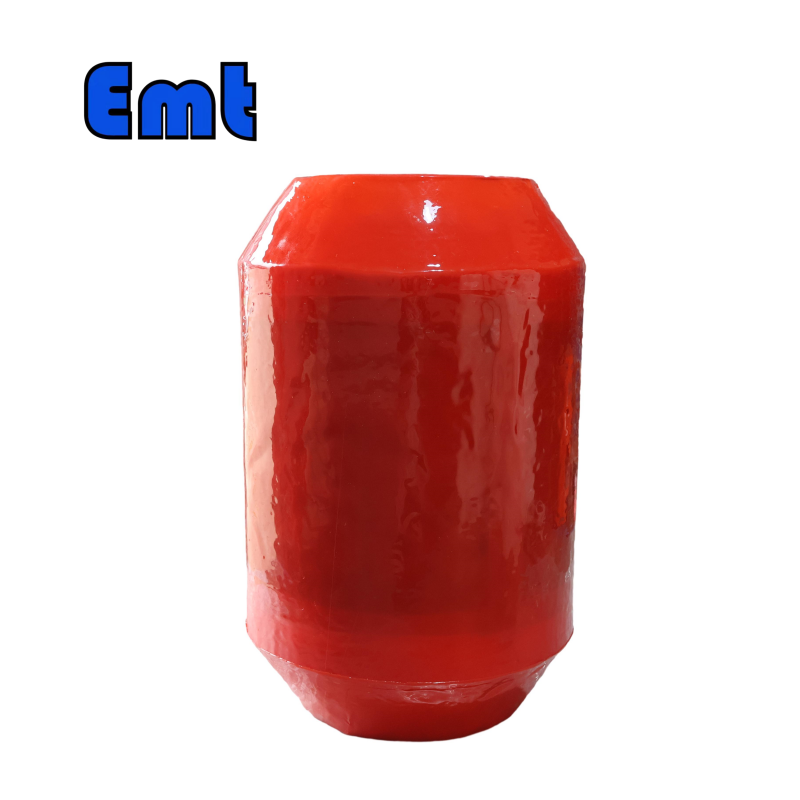
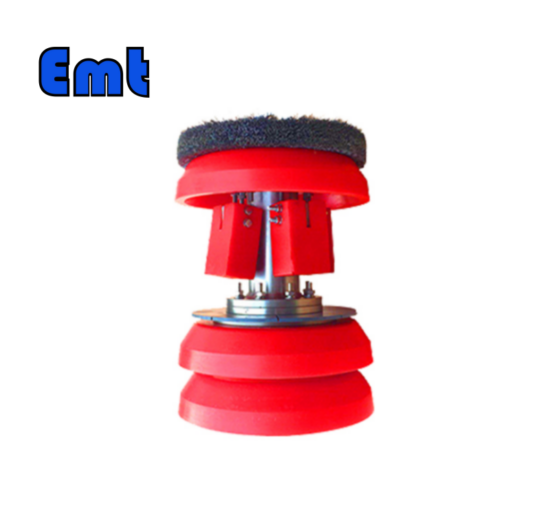
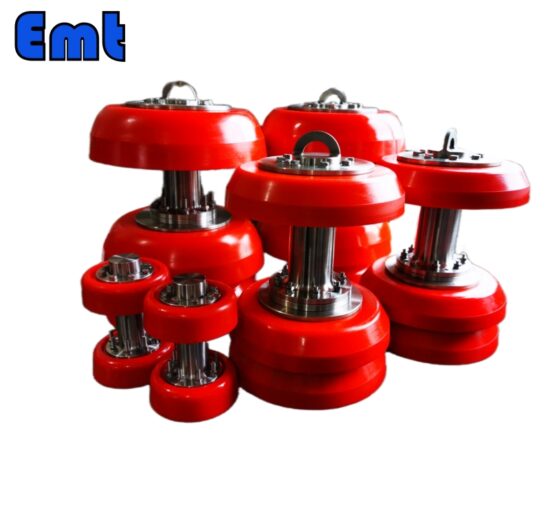
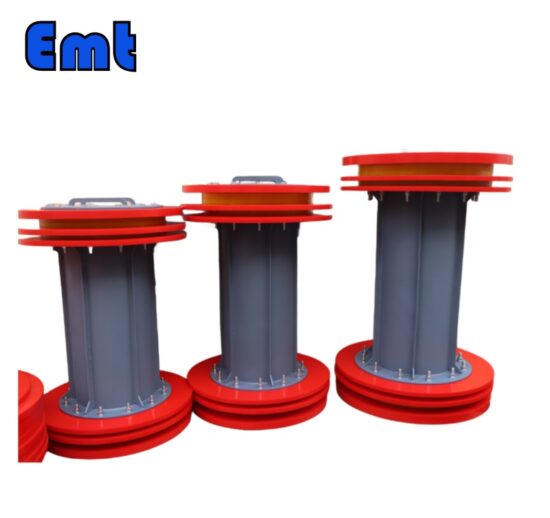
لا توجد مراجعات بعد.